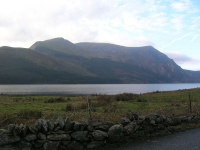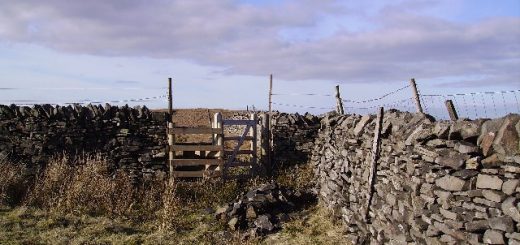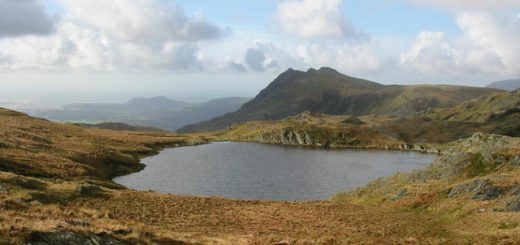Llys Helig
This is another sunken palace / drowned town legend from north Wales. As the story goes, Llys Helig was the palace of Helig ap Glannog, and it once stood somewhere in the area that Conwy Bay is today. It is said to have been inundated by a great flood sometime in the 6th Century. There are several different recounts of the legend, but the one below is a popular one.
The Lord of Tyno Helig had a daughter, Gwendud who was in love with a commoner named Tathal. Unfortunately they could not marry because they were of different classes; he did not possess a golden torque (collar), such as nobleman would wear. One day Tathal came across a nobleman, and killed him for his golden torque. When he told Gwendud, she made him go back and bury the dead body to hide the evidence of the murder. As he was digging a shallow grave, he heard a voice saying “Revenge will come!” When he told this to Gwendud, she told him to go back again, and if the voice spoke once more, to ask it “When will the revenge come?” So he did this, and when he asked the voice, the reply was “In the time of your children, grandchildren and great grandchildren”. Recounting this to Gwendud, she said “Oh, we shall be dead by then” so they married, and lived long enough to see their great grandchildren. By this time the voice had been long forgotten, but one night when there was a great feast being held at Llys Helig, a maid went into a cellar to fetch some more wine and saw that the cellar was half filled with sea water. This maid decided to flee with her lover the court jester, knowing that something was amiss, and the next day the palace of Llys Helig had vanished beneath the sea, leaving the maid and jester as the only survivors.
The area just to the west of the Great Orme is still known today as Llys Helig, and it is said that on very low tides the ruins of the palace can be seen beneath the waves. In fact there were various expeditions between the 17th and 19th Centuries to look for evidence of Llys Helig. One such expedition reported finding the remains of seaweed-covered walls, indicating structures of about 100 yards long, and so they concluded that this was indeed the palace. It is not clear by what methods they employed to explore the area, but it’s probably rowing around in a small boat at low tide looking down into the depths from over the side.




Recent Comments